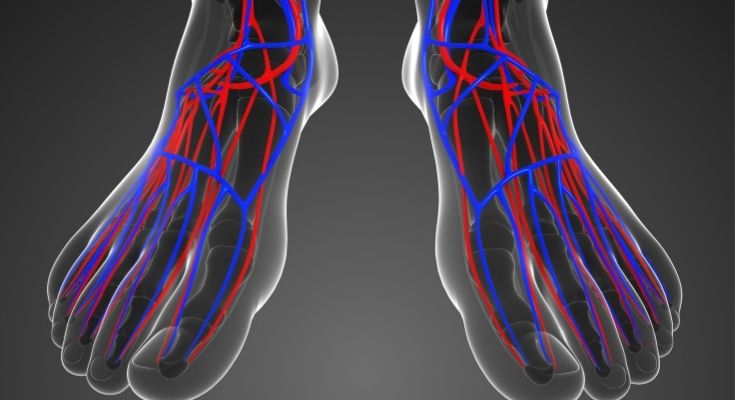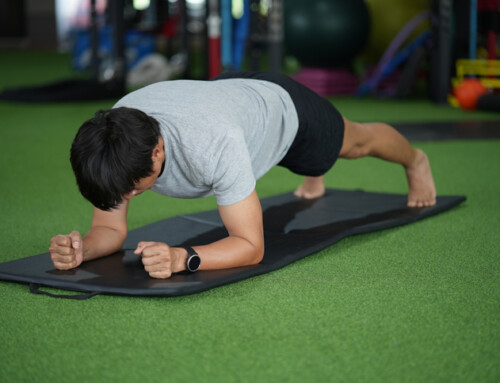Dominic Bendetti, SPT
The Core of the Foot
Pain, instability and or weakness associated with walking/ambulation is a common functional task that leads patients into a physical therapy clinic.
The pain, instability and/or weakness that occurs with ambulation is not an issue that is typically associated with impairments around a single joint but rather through multiple joints of the lower extremity. With that being said a very common impairment of the lower extremity that can affect functional tasks such as ambulation, is commonly referred to as flat feet, fallen arches or medically known as pes planus. This means that the arch that helps to support the inside (medial) portion of the foot is no longer present. This medial arch acts to disperse energy from the foot impacting the ground and to store energy through the stretch that is applied to the ligaments of the foot.
Without the help of the medial arch to support the weight of the body, when walking or standing still, the joints above the foot will become misaligned. This is known as a risk factor in the development of other issues such as Chronic Ankle Instability, Patellofemoral Pain syndrome, Snapping Hip Syndrome, IT band syndrome and low back pain, to name a few.
In order to better treat the arches that support the foot, a model was developed to better understand how this works. The Foot Core system is a simplified way of looking at the varying levels of complexity that are associated with the foot and ankle. It has 3 major interconnected subsystems:
- The Neural Subsystem,
- Passive Subsyste
- Active Subsystem
1. Neural Subsystem
This is composed of nervous fibers that constantly monitor the foot position, sensation and the control stretch reflexes. This helps to ensure that the foot is positioned correctly when it comes in contact with the ground and that adequate adjustments can be made when appropriate.
2. Passive Subsystem
This is composed of bones, ligaments, fascia and the joint capsule. These combine to act as a rigid lever for us to push off during our walking cycles.
3. Active Subsystem
This is composed of tendons and muscles:
- Local Stabilizers
These are the intrinsic muscles that start and end on the foot and help supports the various arches. They act to help maintain the posture of the foot and are more active with higher loads and higher level activities
- Global Movers
These are the extrinsic muscles that works across the ankle in order to produce the motions. These muscles are important because they help to both absorb the weight of the body and create propulsive forces to move our body through space.
Traditionally in physical therapy the focus would be on the active components or the muscles that make up the foot core system, but that is not all that physical therapy works to address. At our physical therapy clinics, we focus on influencing better interactions between the three aforementioned subsystems, in turn this can lend itself to a more fluid movement pattern of the leg and pelvis.
If you struggle with foot pain or instability when walking, call 518-289-5242 to schedule an evaluation and assessment.





